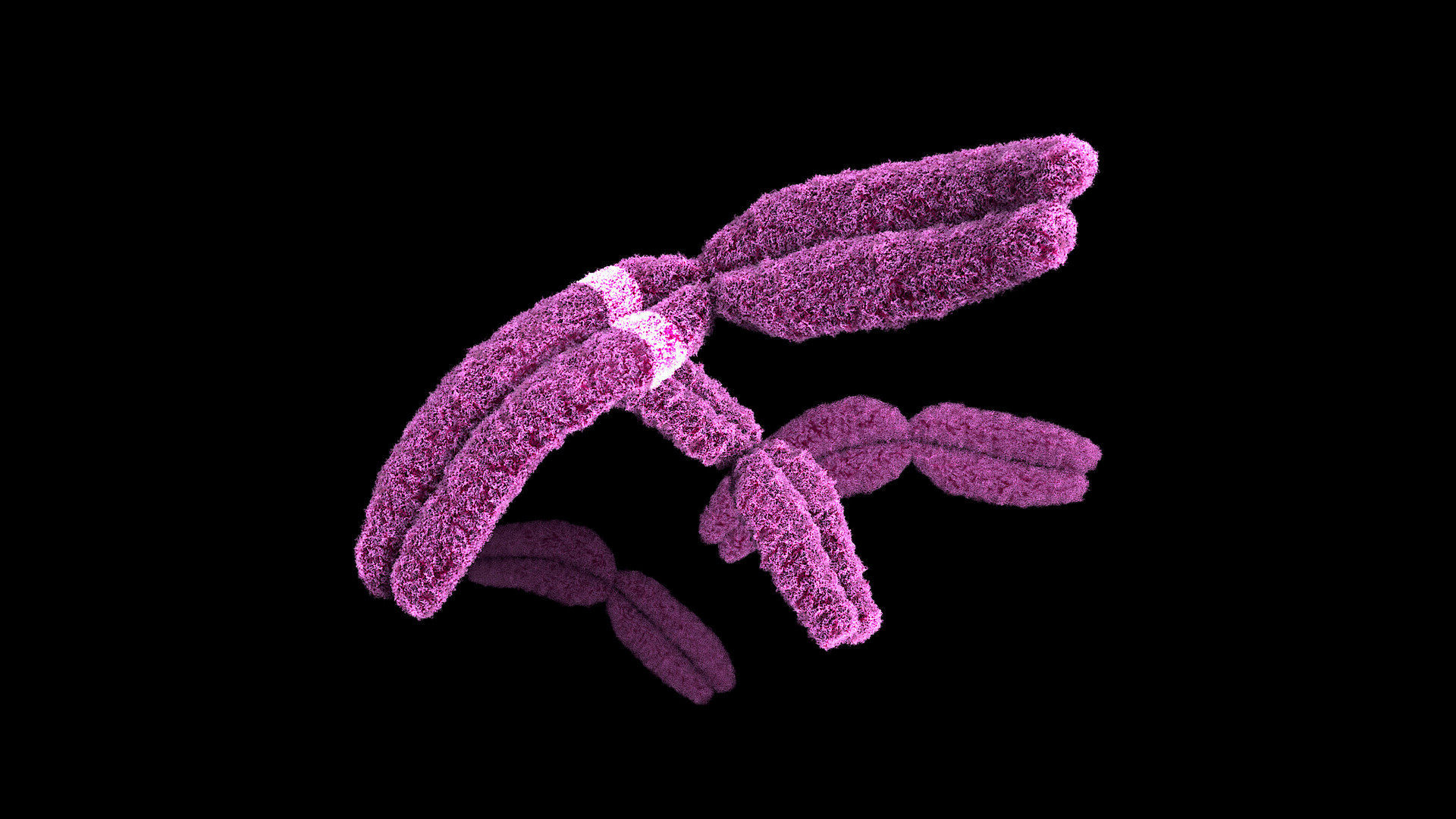
What is Keratitis-Ichthyosis-Deafness (KID) Syndrome? Imagine dealing with a condition that affects your skin, eyes, and hearing all at once. That's what people with KID syndrome face every day. This rare genetic disorder, caused by mutations in the GJB2 gene, brings a trio of challenges: keratitis (inflammation of the cornea), ichthyosis (dry, scaly skin), and deafness or severe hearing impairment. With fewer than 100 cases reported worldwide, KID syndrome is incredibly rare. It usually follows an autosomal dominant inheritance pattern, meaning just one altered gene can cause it. From skin infections to potential blindness, the impacts are profound, making early diagnosis and comprehensive care crucial.
What is Keratitis-Ichthyosis-Deafness Syndrome?
Keratitis-Ichthyosis-Deafness (KID) syndrome is a rare genetic disorder. It affects multiple body systems, including the skin, eyes, and ears. Let's dive into some key facts about this condition.
-
Definition and Classification: KID syndrome is a rare genetic disorder under congenital ichthyoses. It features keratitis, ichthyosis, and deafness or severe hearing impairment.
-
Prevalence: The exact prevalence is unknown, but it's very rare. Only about 100 cases have been reported in medical literature.
-
Inheritance Pattern: Usually inherited in an autosomal dominant pattern, meaning one altered gene copy causes the condition. Some cases may show autosomal recessive inheritance.
Genetic Causes and Symptoms
Understanding the genetic basis and symptoms of KID syndrome helps in managing the condition better.
-
Genetic Cause: Mutations in the GJB2 gene, encoding the connexin 26 protein, cause KID syndrome. This protein is crucial for forming intercellular channels and epithelial differentiation.
-
Clinical Triad: The classical triad includes keratitis, ichthyosis, and deafness or severe hearing impairment. Symptoms often appear at birth or early in life.
-
Keratitis Symptoms: Keratitis involves corneal inflammation, leading to photophobia, neovascularization, and progressive vision decline. Severe cases can result in blindness.
-
Ichthyosis Symptoms: Ichthyosis manifests as thick, hard skin on palms and soles (palmoplantar keratoderma) and thick, reddened, dry, scaly patches (erythrokeratoderma). These patches commonly affect the neck, groin, and armpits.
Additional Physical Manifestations
KID syndrome affects more than just the skin, eyes, and ears. Other physical manifestations can also be present.
-
Skin Infections: Breaks in the dry, scaly skin are common, leading to infections. These infections can be life-threatening, especially in infancy. Recurrent infections are a significant concern.
-
Hair Loss: Partial hair loss, often affecting eyebrows and eyelashes, is common. Complete hair loss is rare but possible.
-
Nail Abnormalities: Small, abnormally formed nails are characteristic. Nail abnormalities can range from mild to severe and may be absent in some cases.
Hearing and Ocular Issues
Hearing and vision problems are significant aspects of KID syndrome.
-
Hearing Loss: Hearing loss is usually profound but varies in severity. It is often bilateral and sensorineural, affecting the inner ear and nerve pathways to the brain.
-
Ocular Manifestations: Besides keratitis, other ocular issues include conjunctival congestion and corneal neovascularization. These can lead to significant visual impairment and require specialized treatment.
Systemic Involvement and Risks
KID syndrome affects multiple systems and carries several risks.
-
Systemic Involvement: It is a multi-system disorder affecting skin, eyes, and inner ear. It involves ectodermally derived tissues, including skin, cornea, and inner ear.
-
Risk of Infections: Increased risk of life-threatening infections, particularly during the neonatal period, due to compromised skin barrier and breaks in the skin.
-
Risk of Skin Cancer: Higher risk for developing squamous cell carcinoma of the skin or mucous membranes. Regular monitoring and preventive measures are essential.
Treatment and Management
Managing KID syndrome requires a multidisciplinary approach involving various treatments and supportive care.
-
Treatment Approaches: Treatment is multidisciplinary, involving medical, surgical, and supportive care. Ocular treatments may include lubricants, autologous serum, tetracycline, and anti-inflammatory agents. Surgical options like keratoplasty and keratoprosthesis may be necessary in severe cases.
-
New Therapies: New therapies such as retinoids, gas-permeable contact lenses, and antiangiogenic agents are being explored. These treatments aim to improve the quality of life for individuals with KID syndrome.
Case Reports and Genetic Heterogeneity
Documented cases and genetic diversity provide insights into the variability and complexity of KID syndrome.
-
Case Reports: Several case reports document the clinical manifestations and management of KID syndrome. These reports highlight symptom variability and the need for personalized treatment plans.
-
Genetic Heterogeneity: While the GJB2 gene is the primary cause, genetic heterogeneity exists. Mutations in other genes like GJB6 also contribute to the condition, underscoring its complexity.
Supportive Care
Supportive care is crucial for managing KID syndrome effectively.
- Supportive Care: Includes assistance programs for rare diseases, educational support, and caregiver respite programs. Such support helps patients and their families manage the condition and improve their quality of life.
Understanding KID Syndrome
Keratitis-Ichthyosis-Deafness (KID) syndrome is a rare genetic disorder that affects multiple body systems. With symptoms like keratitis, ichthyosis, and deafness, it presents significant challenges for those affected. The GJB2 gene mutation plays a crucial role in this condition, leading to issues with skin, eyes, and hearing. Treatment often involves a multidisciplinary approach, including medical, surgical, and supportive care. Regular monitoring for infections and skin cancer is essential due to the increased risks. New therapies and supportive measures are continually being explored to improve the quality of life for individuals with KID syndrome. Understanding the complexities of this disorder helps in providing better care and support for those affected. Continued research and awareness are key to managing and potentially finding more effective treatments for KID syndrome.
Was this page helpful?
Our commitment to delivering trustworthy and engaging content is at the heart of what we do. Each fact on our site is contributed by real users like you, bringing a wealth of diverse insights and information. To ensure the highest standards of accuracy and reliability, our dedicated editors meticulously review each submission. This process guarantees that the facts we share are not only fascinating but also credible. Trust in our commitment to quality and authenticity as you explore and learn with us.


